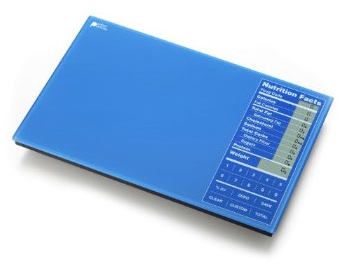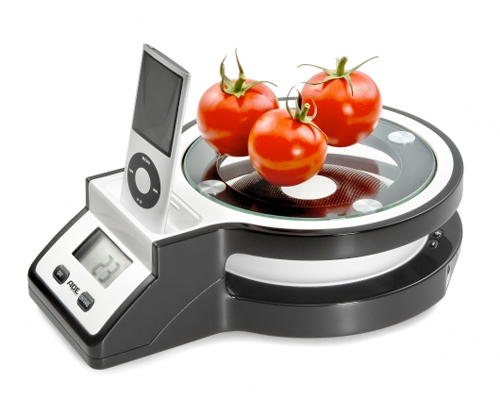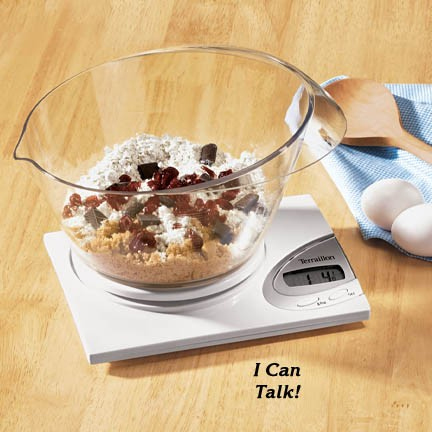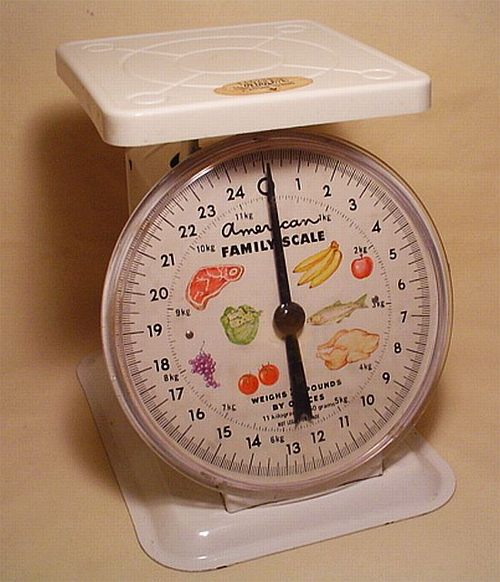Okay, so perhaps this scale for veterinarian use is a bit of stretch for a kitchen gadget blog, but the product picture is too hard to resist. (Plus, TGIF.) So if you came here looking for a kitchen scale, here is a nice, old one to look at. But if you need a vet scale, it’s hard to argue with a llama.
The Salter Brecknell PS1000 Veterinary 1000lb Scale is designed for use with (live) animals weighing up to one thousand pounds. And according to the comments on Amazon… well, just read for yourself:
From the picture in the product description, I thought that this would be able to fit on my counter, (and for the record what animal is that? Some type of weird mouse?)
Then of course, there are those with needs for a large, high capacity scale:
At first, I could weigh my sacrificial animals on a plain old bathroom scale, but that grew impractical when I needed to graduate from chickens to livestock.
Be careful what you weigh, though. The scale isn’t designed for everything:
Yes it will stand up to the test of weighing llama after llama, but as soon as you introduce alpacas to the scale, the cpu heats up considerably and discolors the white display area to an unsightly pinkish-brown.
There are more great comments to be read, including of course, the requisite your mama is so fat jokes. Good stuff.





